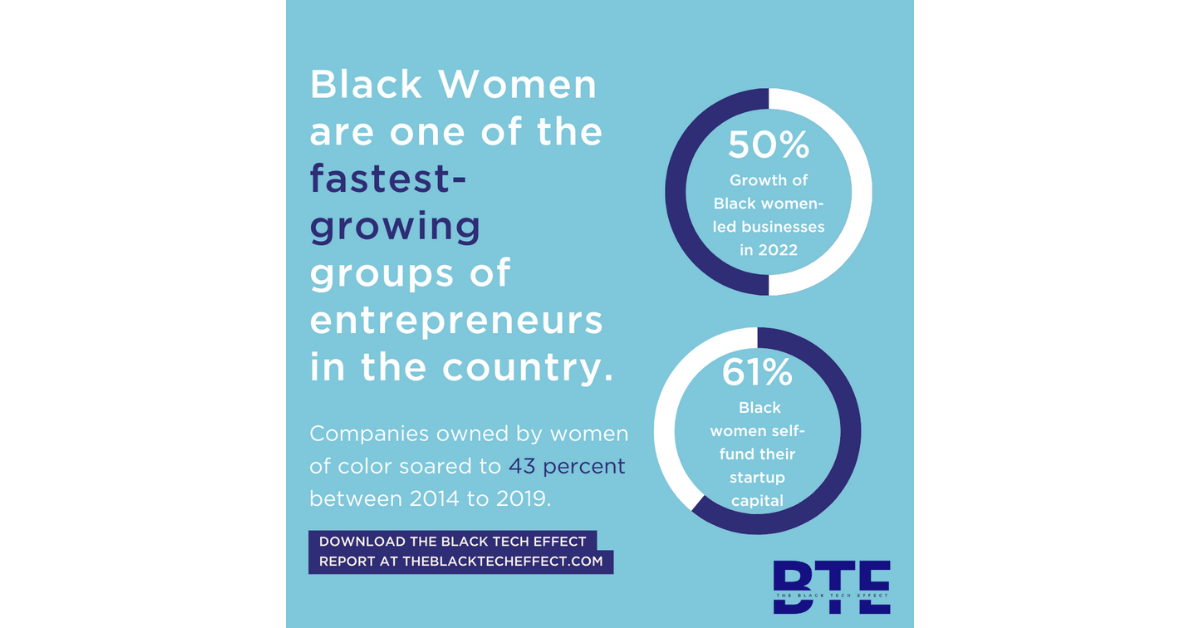The Plug hosted a live discussion with Harold Hughes the founder and CEO of Bandwagon, a live events technology company on how enterprises can integrate blockchain-enabled tools. Hughes has taken a simplistic less is more approach. “If you don’t need blockchain, you shouldn’t use it. And if you are using it, you should put as little on it as possible given the computation power that’s required, the energy and the permanence of it all,” Hughes said.
But he explains how these technologies have the potential to help marginalized communities access financial systems that have long excluded them.
This interview has been edited for clarity and length.
Monica Melton: I know Bandwagon recently added some NFT features and blockchain capabilities recently and that you’re interested in DAOs, maybe you can talk more about that.
Harold Hughes: We’ve been fortunate to survive 2020 when many event companies weren’t able to make it. That took a lot of us, taking risks, focusing on what live events look like online and streaming but also looking at what fan engagement looks like going forward. Fortunately, we’ve been building on blockchain since 2017.
When we saw the opportunities being created around NFTs and some of these digital assets and taking ownership around community, we were already well-positioned from a team composition and we’ve really been great with our resources, including our funding.
MM: What went into your decision to have decentralized technology be a part of what your company offers?
HH: It started with what we were trying to solve. As a sports fan, someone who loves live music and broadway I really understood the challenges around ticket fraud. The fact that I could go on a platform as big as Stubhub and still end up buying a fake ticket, I didn’t quite understand how that was possible.
As I learned more about how the database works for tickets I realized that Stubhub had information that Ticket Master or Vivid Seats doesn’t have and that, that would lead to fraud.
We looked at the solution and the biggest and best way to solve it was decentralization to connect these databases so there was more visibility. That was the impetus for us to decide blockchain was going to be a good tool for us.
We started with Hyperledger Fabric and were one of the first 50 companies in the country building on it. We’re very big on decentralization but also open source and use as much open source technology as possible, and open source our technology to make sure folks have a lower barrier for entry because that’s going to create better community value for everyone involved.
MM: In the beginning, it was fraud that led you to create a solution but it has also become a part of the conversation around the skepticism of NFTs and decentralized finance (DeFi) fraud. How do companies safely and smartly offer this kind of technology to their customers?
HH: The main thing I give to people is: Make sure you’re entering the space in an authentic way. We’ve seen several different companies that try to enter the Web3 and NFT space that end up doing it more like a cash grab.
You can upset some of your customers, especially if you haven’t taken the time to educate them on why you’re doing it.
Obviously, the concerns around the environment and energy consumption are really significant and important which is why we chose to use PALM blockchain which uses less energy than sending an email. When we think about what it takes to mint an NFT we want to be strategic and smart about it. Things will become more efficient as we wait on Ethereum 2.0 to come, but while we waiting there are other great solutions.
Entering the space authentically is the number one thing for companies but also taking the time to educate your customers on NFTs, on Web3, on decentralization.
MM: The education component is a huge threshold around people not being completely familiar with the space. For those thinking of integrating these tools wholly or adding them to existing services, what are some platforms that help?
HH: When it comes to that platforms, many of them are self-serving. I think that oftentimes get a bad rap. My company is self-serving, we have stakeholders, we care a lot about who our customers are so we’re going to look out for those groups.
You really want to look out for the value you’re trying to create.
Resources I’m really excited about are The NFT Handbook by Qu Harrison it’s a fantastic read that starts with art. From there, being involved in where the conversation is has been really important.
Twitter is a huge source of knowledge but the challenge there is that you have to have a significant amount of discernment because there are people who are going to try and sell you on something to get a quick cash grab.
There are other resources like Sean Morrison’s The Black Chain, which is a newsletter where she highlights Black artists and movement in the space.
I don’t know that there’s a company that’s doing great on the platform side, but the content creators, enthusiasts and folks who are in it are making sure they’re bringing people along.
MM: I want to shift to use cases and address what could be perceived as technology for technology’s sake, or riding the wave of attention and investment. How do you determine a good use case to add in crypto, a DAO or an NFT to the mix? And what’s the potential for these technologies to make business easier, or more trustworthy?
HH: That’s really the key, and you perfectly framed that.
Every Tuesday night we do this thing called pitch practice on Twitter Spaces where several investors make time to give founders pitch feedback and one company came on and they using DAOs, and NFTs and Web3 in the live event space which is right in the crosshairs of what I’m familiar with, but as the founder went on telling the story, it really didn’t make sense to me to why you needed it.
As a person who identifies as a blockchain skeptic, even my CTO, who’s an ex-Googler who got his Ph.D in computer science and was an early Bitcoin miner, he and I both share the same world view when it comes to, ‘if you don’t need blockchain, you shouldn’t use it.’ And if you are using it, you should put as little on it as possible given the computation power that’s required, the energy and the permanence of it all.
When it comes to blockchain there are two things, the first being, can you increase transparency and visibility?
A few weeks ago I posted about the .eth address. I’m an ENS delegate and I was trying to help folks understand what that looks like in your .eth address and one of my investors said they were trying to get theirs and it was gone. I found out someone bought her domain which happens all the time, but with the blockchain, it’s public and shows who owns it. Because we were able to do that, we were able to get the domain back.
If this was a traditional .com you don’t have the level of transparency and we would not have been able to recover it and I can say that with certainty.
The other use of blockchain is making sure you’re compensating everyone on the value chain.
Last year a Michael Jordan rookie card might have sold for $1 million, Michael Jordan saw zero of that, and don’t get me wrong I’m not here to say, how do we put more money in the pockets of billionaires, but if you take that example and look at notable upcoming artists, as their art gets more valuable, normally they only make the money from the very first sale.
When you look at the NFT space and leveraging smart contracts what you could say as an artist is, ‘I want five percent of this every time that it is sold’. As the artist’s notoriety grows and the value of the piece grows, what you’re going to see is more of our artists and content creators being compensated. Which I think is awesome, so we can hopefully end this idea of ‘starving artists and compensate everyone along the value chain.
MM: That was a great way to think about when this can be advantageous for your business or in the case of your investor, to get her namesake back. Let’s transition to talk a little bit about decentralized autonomous organizations (DAOs). What even is a DAO? And how might this structure be integrated into your future ventures?
HH: I like to think of the framework of an LLC, specifically a member-managed LLC.
You can have several members deciding what the organization is going to do. Many of my friends have joined or created real estate groups where everyone puts in X amount of dollars per month and they have monthly meetings to review and decide what real estate they’re going to buy together.
So everyone in the community has contributed an amount of capital, everyone in the community gets a certain amount of voting power, and decides the actions, which are seen now with DAOs and being able to decentralize that.
Instead of a South Carolina LLC or a Delaware LLC, a DAO allows you to move fluidly and freely throughout the entire space whether it’s in the United States or elsewhere, but then on top of that, you’re empowering the community.
The biggest opportunity I see with DAOs is that we’re taking capital and putting it to work at a faster speed than other organizations.
On the downside of DAOs, the challenge that folks need to be aware of is that you have to hope that each person that’s in that community is educated and well-equipped to make the decisions that are necessary otherwise you don’t necessarily have the organizational power to continue to steer the ship in the right direction.
Organizations are thinking through the future of DAOs and will have a delegate system.
I’m super excited about what DAOs can create for us not only because it’s a new way of bringing the community around, but also it’s going to allow us to move much faster and if there’s anything we can do to put pressure on higher education, the healthcare system, the SEC to move faster.
That’s going to help Black people, that’s going to help people of color, I think that’s going to help a lot of people who have been traditionally locked out of many of the financial systems that have benefitted others for years.








